What are the common skin problems occurring in the elderly?
Appearance and Texture Changes
- The skin is constantly renewing itself. New cells are formed on the lower layer of skin which slowly move upward. By the time they reach the surface of the skin, these cells are dead and are removed daily. With ageing, this process of cell renewal slows down. The “dead cell” layer remains longer on the surface of the skin giving the .skin a dull look. This skin feels rough and scaly.
- The supporting structures and elasticity of the skin decreases with age. The skin sags and wrinkles appear.
Senile purpura
- The skin of an aged person is thinner and easily disrupted.
- Blood vessels, too, are easily disrupted, resulting in bruises called senile purpura.
- Senile purpura is commonly seen on the forearms. It is secondary to a diminished quantity of hyaluronic acid, which is the substance necessary to maintain volume (and functionality) of the skin.
- Its presence does not indicate vitamin deficiency or a bleeding disorder.
- The skin heals slowly following injury.
Xerosis /Asteatotic Eczema
- The skin becomes dry and flakes easily as the oil contents of skin decreases with age.
- Dry skin becomes itchy. Sensations of dryness and tautness are common.
- Dry skin has a rough and finely flaking or scaly surface. This is seen in the upper back and the limbs, especially the shins. Sometimes asteatotic eczema occurs in areas of dry skin. These are seen as poorly demarcated, scaly round red patches. Sometimes a distinctive appearance of red scaly fissures in an irregular netlike pattern resembling cracked porcelain is seen.
Skin Infections / Infestations
- Bacterial Infection : The fissures/cracks on dry skin predispose bacteria entry into the skin to cause superficial infection.
- Scabies
- Scabies is an infectious, very itchy skin infestation caused by a mite.
- The infestation spreads frequently among elderly living in crowded homes.
- Sometimes crusting and scaling can cover the whole body (Norwegian scabies).
- Ringworm Infections
- The elderly often have ringworm infections of the nails and skin, especially on the feet.
- Ringworm infection of the nails will appear as discoloured and thickened nails.
- Ringworm infection of the feet might show redness and blisters in addition to scaling.
Pigmentary Change
- Brown spots that look like freckles are often seen.
- These are larger and more irregular than freckles. They are known as solar lentigenes (liver spots). They are also sometimes called senile freckles.
- They are the result of skin damage from the sunlight.
- If the freckles become larger or thicker or develop a crust you should consult a doctor. A skin cancer has to be excluded.
- Senile freckles can be removed easily by freezing, electrosurgery or the application of certain chemicals.
- The pigment cells in the skin of elderly also become less active and the skin may look sallow.
Blistering Disorders
- The elderly can develop blistering disorders of different causes.
- A common blistering disorder is Shingles:
- It is a reactivation of the chickenpox (herpes zoster virus) that an individual had when young.
- It presents as a band of blisters on one side of the head or body or along one limb.
- It can be associated with severe pain.
- Blistering problems can also be due to an immune disturbance. A common condition in this group of disorders is bullous pemphigoid, in which an individual develops many large blisters, arising from red or normal skin. This condition usually requires potent medications for suppression.
Non-Cancerous Skin Growths
- The elderly can develop many benign skin growths of different types. These include:
- seborrhoeic keratoses (which are rough, brownish-black spots)
- cherry angiomas (smooth reddish bumps) (Campbell-de-Morgan spots)
- sebaceous hyperplasia (yellow bumps consisting of oil glands).
- Benign skin growths do not need treatment but cancerous growth should be removed early to prevent spread to other parts of the body.
- If in doubt always consult a doctor. Your dermatologist can advise you whether your skin growths are likely to be benign or cancerous.
Cancerous Skin Growths
- Those elderly persons who had extensive sun exposure earlier in their life might develop pre-cancerous skin growths called solar keratoses and skin cancers like basal cell carcinomas and squamous cell carcinomas.
- Basal cell carcinomas and squamous cell carcinomas most commonly appear on the face. They start as small bumps and gradually enlarge, until they ulcerate. They can be pink or black in colour.
- See your doctor if you have any enlarging skin growth or a non-healing sore.
- There are several types of skin cancers. The commonest is called basal cell carcinoma which appears as a small shiny growth with a central ulcer or depression. This is a slow growing cancer
- Another type of cancer is squamous cell carcinoma. They appear as red scaly patches or pinkish growths. Sometimes they can be very large and raised.
- Cancerous moles are less common but they tend to spread quickly if not treated. They appear as moles with irregular borders, irregular colours and loopsided shapes.
- If you are not sure whether the growths are skin cancers, see your doctor. All cancers must be removed.
Adverse Drug Reaction
- As the elderly tend to receive multiple drugs for various medical problems, they are more likely to develop adverse reactions to drugs.
- The most common adverse reaction to drugs is seen in the skin, where it can present as red, itchy rashes or blisters.
- It is important that such rashes be recognised early so that the offending drug can be discontinued, thereby preventing the damage caused by the drug from becoming too serious.
- It is important to ,keep a record of the medications, prescribed or not, that you take.
- Be sure to bring all medications when you consult your doctor.
Stasis dermatitis
- Some elderly persons have poor blood circulation in the legs, leading to rashes around the ankles called stasis dermatitis.
- Untreated, this might lead to skin ulcers.
What are the special skin care needs of the elderly?
- The elderly require special skin care because their skin is thin and dry:
- Care must be taken to prevent the skin from becoming too dry.
- Hot baths should be avoided.
- Avoid frequent bath/shower.
- Avoid soap or at most a mild soap should be used.
- If the skin is dry, moisturisers should be applied on the skin after bath.
- As the skin becomes dry, cracks appear. Bacteria enters the skin easily to cause skin infection.
- Those who are bedridden need to avoid prolonged pressure on the ankles, heels and buttock. Too much pressure can tear the thin skin leading to bed sores.
Source of information: here



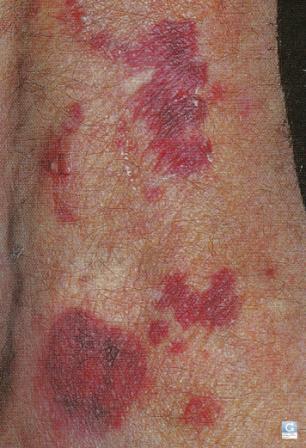
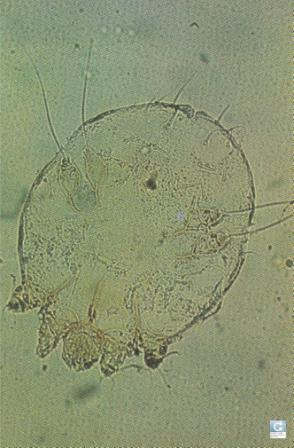
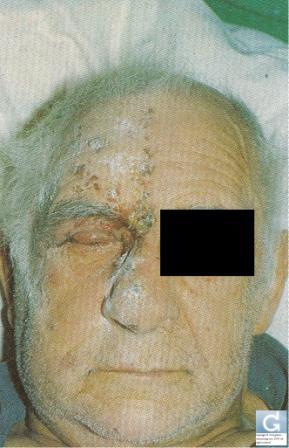
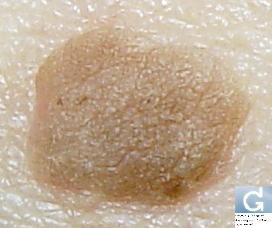
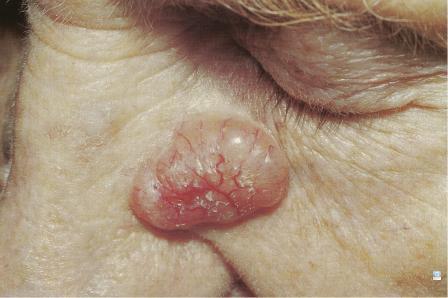

 +41 22 738 18 48
+41 22 738 18 48